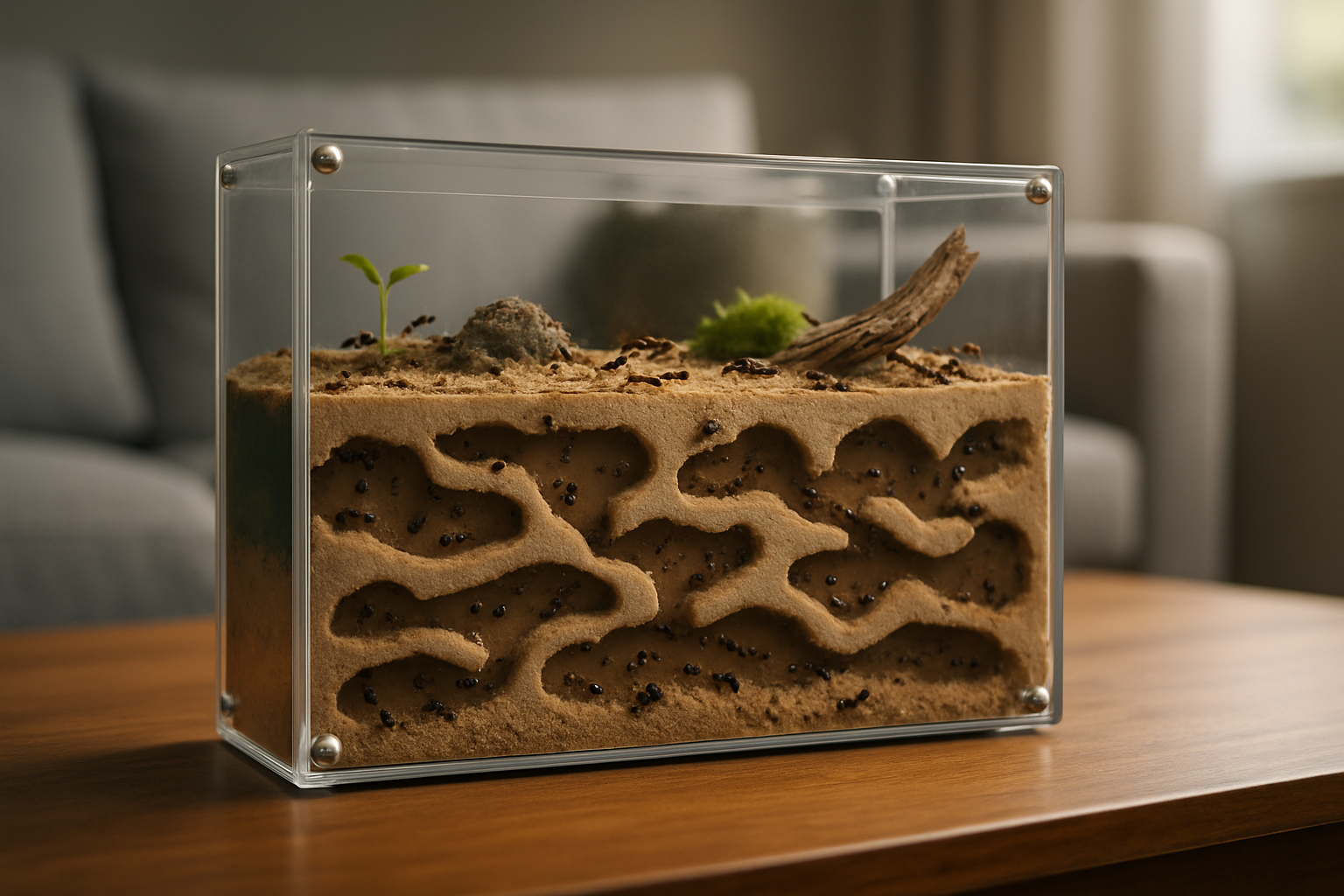The Intriguing World of Ant Farms: A Microcosm in Your Living Room
Dive into the fascinating world of ant farms, a hobby that combines biology, ecology, and architecture in a tiny, transparent universe. Explore the history, current trends, and future possibilities of these miniature ecosystems, and discover why they are captivating pet enthusiasts across the globe.

A Brief History of Ant Farms
The concept of keeping ants as pets dates back to the early 20th century, but it wasn’t until 1956 that Milton Levine patented the first modern ant farm. Inspired by a childhood fascination with ants, Levine’s invention combined a transparent, nutrient-rich gel medium with a flat, vertical container that allowed observers to watch ants tunnel and establish colonies. The idea was an instant hit, and millions of ant farms have been sold worldwide since.
Current Trends in Ant Keeping
Today, ant farms have evolved beyond their initial novelty status. Modern versions have incorporated advanced scientific knowledge about ant behavior and ecology. Some models now offer temperature and humidity controls, allowing for the keeping of more sensitive or exotic ant species. Others have integrated LED lighting systems that both highlight the ants’ activities and simulate natural daylight cycles.
Ant Farms as Ecological Models
Ant farms aren’t just entertaining; they’re also powerful learning tools. Observing an ant colony can provide insights into social behavior, cooperative work, and resource allocation. Scientists often use ant farms as models for studying ecological concepts like competition, predator-prey dynamics, and population control.
The Market Impact of Ant Farms
Ant farms are a niche yet growing segment of the pet industry. Kits typically range from $10 for basic models to $100 or more for high-tech versions. As more people discover the educational and entertainment value of ant farms, industry experts predict a steady market growth.
The Future of Ant Keeping
As technology advances, so too does the potential for ant farms. Future models may incorporate sophisticated monitoring systems to track ants’ behaviors in real time or offer virtual reality experiences that bring observers into the ants’ miniature world. Likewise, the rising interest in environmental conservation could spur a new wave of ant farm enthusiasts, eager to understand and appreciate these often-overlooked creatures.
Conclusion
From their humble beginnings as children’s toys, ant farms have blossomed into both a popular hobby and a tool for scientific discovery. As we continue to explore and understand these tiny creatures, it becomes clear that ant farms offer a unique and captivating window into the world of nature, right in our own homes.





